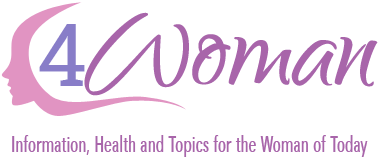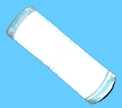Disposable Pads
Pads or "sanitary napkins" (despite this hospital soundingname they are not sterile, and neither are tampons) are the most popularamong girls just starting their periods. Or at least they are what yourmom is most likely to buy for you. Companies like Kotex compete with eachother to improve on the basic pad by making them in special shapes or addingwings. Basically a pad is a pad, choose one that is comfortable for you.They come in sizes from very thin - "panty liners" - to thickand very absorbant - "maxi pads".
Always avoid scented or deodorant pads. They don't hide the smell, theyjust make a new smell which is like menstrual fluid mixed with air freshener.The chemicals used to make those scents can cause allergic reactions likeburning and itching.
Advantages:
Pads are easy to use, especially when you are just starting out. Youjust stick them in your panties and go. When you are done with them youjust throw them away.
They allow you to see how much you are bleeding, and the different kindsof fluid your body makes, so you can learn what to expect from your cycle.
Pads seem to be healthier than tampons for some women who get vaginalinfections, because they stay outside of the body.
Disadvantages:
To some women pads are too bulky. They can chafe, and feel uncomfortable.especially when the weather is hot and you are sweating. Sometimes thesticky adhesive gives out, and the pad will slide around in your underwearor bunch up, resulting in the dreaded side staining.
Most of the disadvantages of pads are enviromental. If you believe inrecycling and trying to preserve the environment, you should know the followingthings. You might want to try to use alternatives to pads, or just usepads less often.
Most pads are made of paper pulp bleached white with chlorine gas, andthe toxic chemicals from this process goes from the factories into therivers and oceans where it harms all sorts of wildlife, including humans.The problem didn't start with pads, the same process is used to whitenall paper products, like paper towels and toilet paper and writing paper.Fortunately some companies are beginning to make oxygen bleached, unbleachedand recycled paper products, but major santitary napkin manufacturers arenot showing any signs of changing their ways. Which is very silly, sinceit actually makes very little difference whether your pad is ultra white.I mean, who's going to see it?
In addition, all pads have plastic backs, synthetic covers and the specialultra thin ones have some kind of plastic compound in their centers. Thismakes them leak proof, which is nice for your panties, but bad for the environment.Like disposable diapers, pads go into landfills and stay there, becauseit takes plastic years and years to decompose. The pad you use today willstill be around, somewhere, when you are an old lady.
Also, in the last few years pad makers have been wrapping each pad inplastic wrap, and putting all the pads in plastic bags. So each time youchange your pad you put one plastic wrapper, one or more plastic stripsand a used pad in the garbage. They used to be just stacked unwrapped incardboard boxes, which I think was much better.
If you are concerned about the environment, but like pads, try buyingpads in health food stores, which often carry products that are made inmore environmentally friendly ways. Or write to your favorite pad's makerand ask them to make unbleached pads, and to use less packaging.


